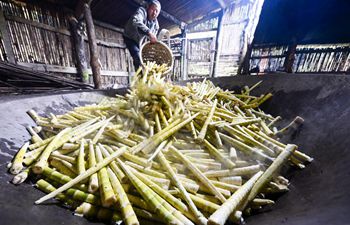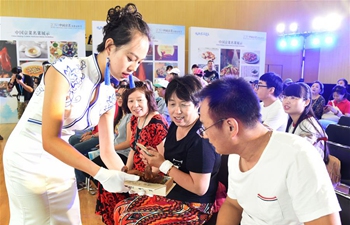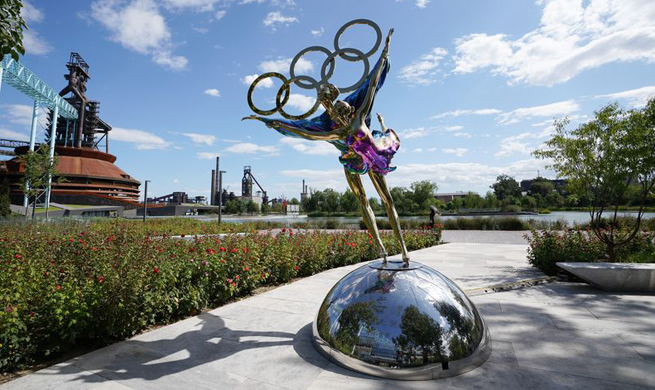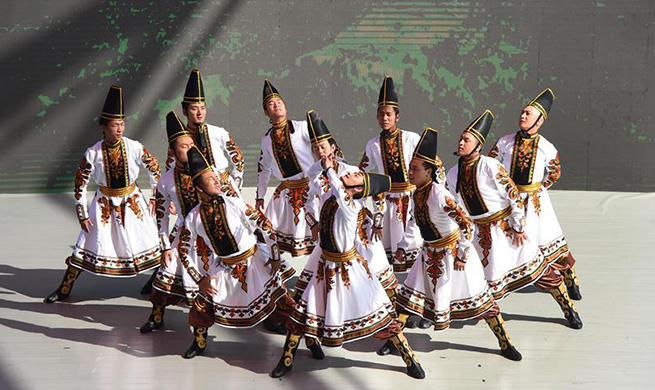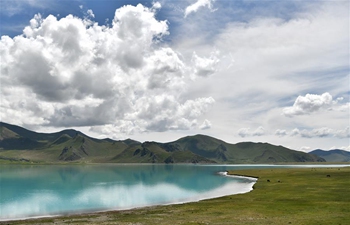NANNING, Sept. 2 (Xinhua) -- For Phan Bao Nhu, a 24-year-old Vietnamese student, this summer vacation has been the busiest but also the most fruitful.
The dance she choreographed has been selected as one of the four performances to be presented in the Taoli Cup, a top national dancing show in China, and the only one featuring foreign students.
"I love Chinese classical dance and folk dance," said Phan, who studies dance in the Guangxi Arts University in the Guangxi Zhuang Autonomous Region, south China.
Phan has been studying in Guangxi for 12 years under a university exchange program with members on the Association of Southeast Asian Nations (ASEAN). She speaks fluent Chinese and regards the region as a second hometown.
Guangxi is China's gateway to Southeast Asia and borders Vietnam. Statistics show that more than 3,200 Vietnamese students are studying in the region.
Over the years, Phan has learned many ethnic minority dances of China, such as traditional Han, Tibetan, Mongolian and Uygur dances. As a choreographer, she likes to combine the ethnic elements into her work.
The dance that got her on the national stage of China is inspired by the ethnic Gin people, who mainly live on three islands off the coast of Guangxi.
Last year, Phan went to the islands and celebrated the most important traditional Gin festival with locals there. Inspired by the traditional performances, Phan created her dance named Mother of the Sea.
Her dance piece tells the story of how a kind and loving ethnic Gin mother cares for her daughter, and how she raises her by the sea.
"This is the first time the ethnic Gin dance appeared at the Taoli Cup," said Wei Jinling, deputy dean of the international education academy of the Guangxi Arts University. "Many members of the audience were surprised to find 12 overseas students on the stage," Wei said.
The school started cultural exchange programs with the ASEAN members around 2009. In 2012, a talent cultivation center was established in the school, which has trained more than 600 people from the ASEAN members so far.
"Art exchange goes both ways," said Wei. "The school has also invited Malaysian and Indonesian dancers to do teaching on campus here."
The school will open a course in ASEAN dances in the new semester and overseas students will be invited to teach Chinese students.
"I hope they can be the bridges and ambassadors for the dancing art between the countries," said Wei.





